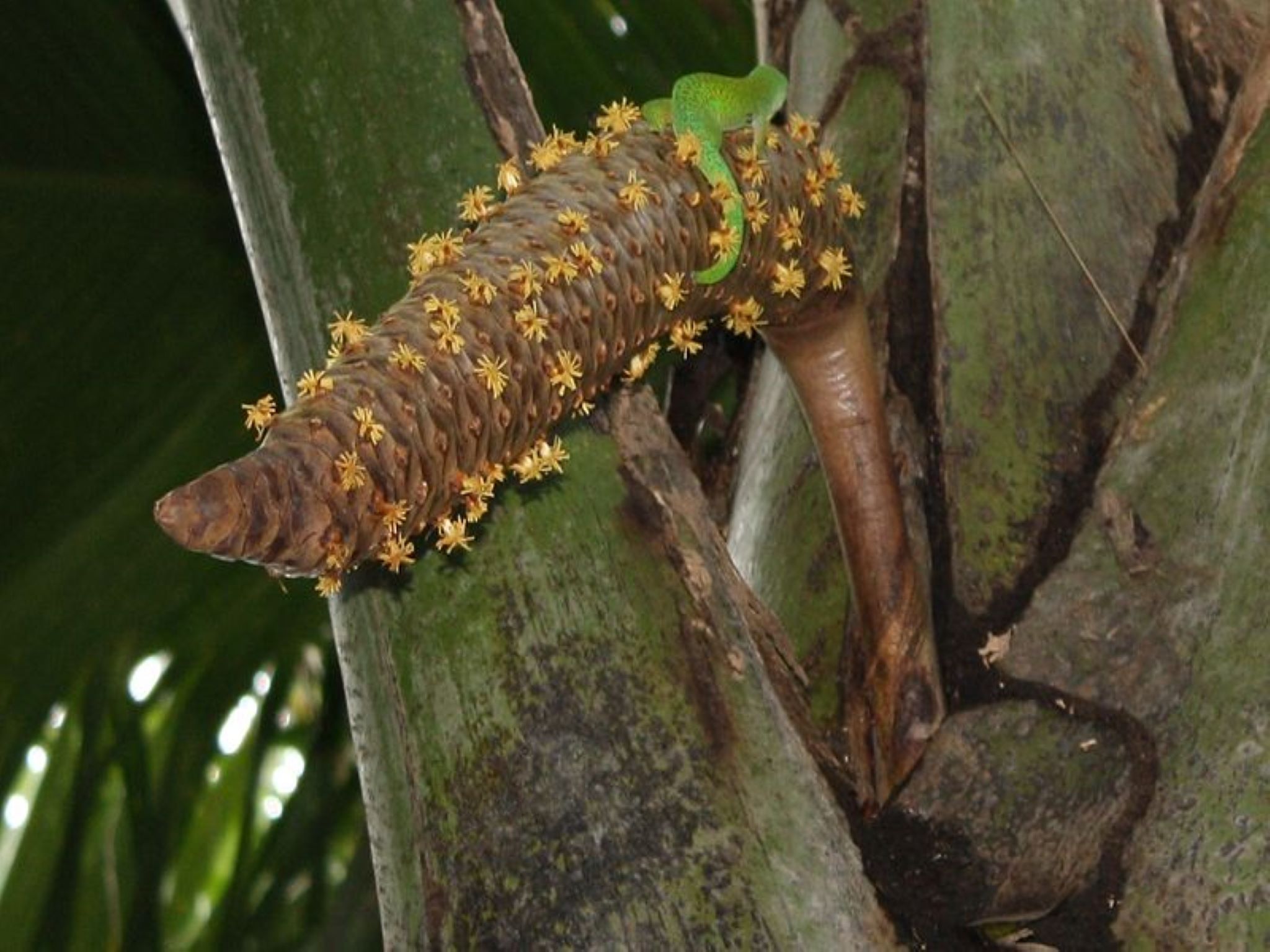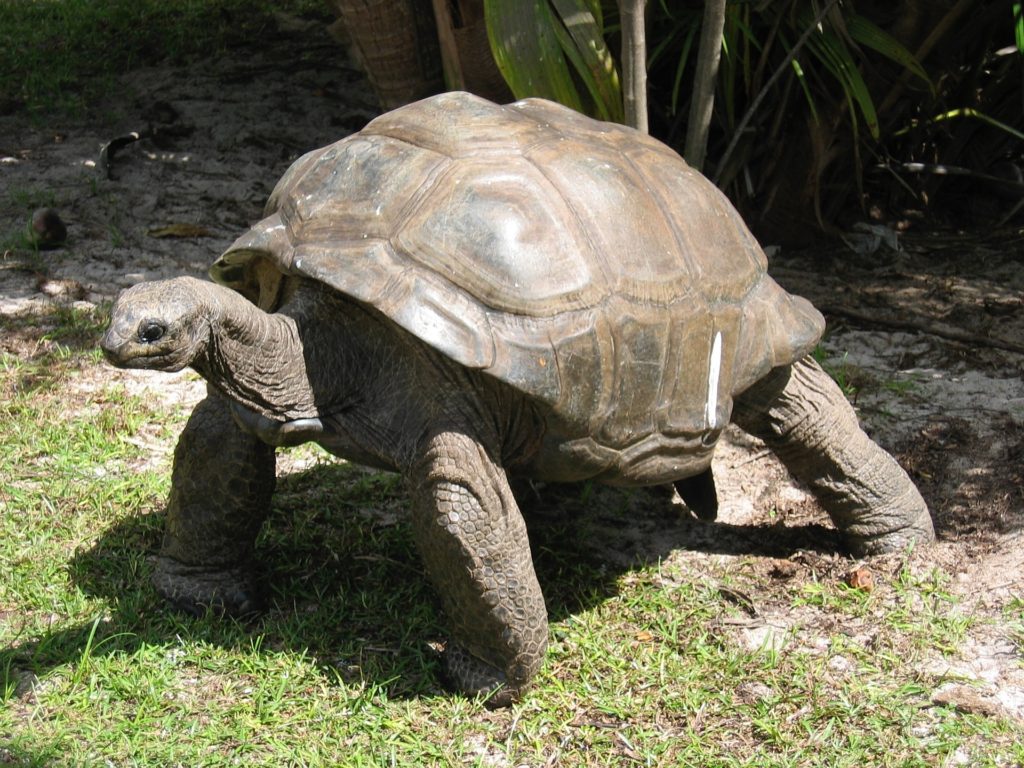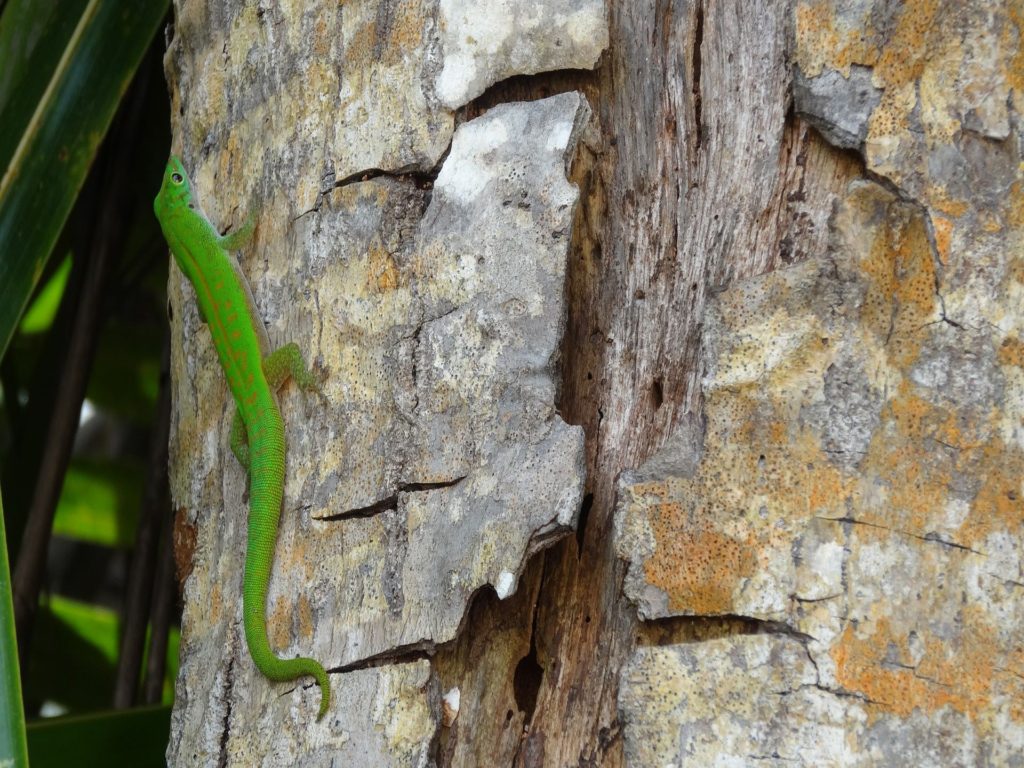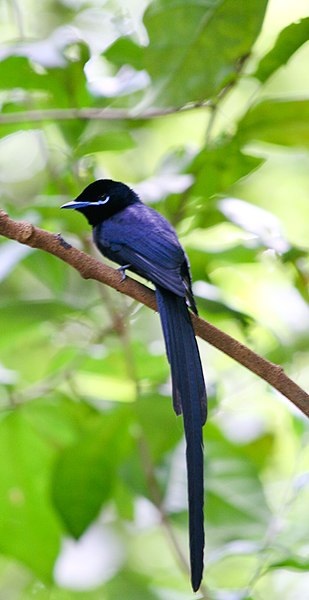Seychelles is home to some of the most unique endemic species on earth. It also boasts two UNESCO World Heritage Sites. The first is the giant atoll of Aldabra, which is the world’s largest raised coral atoll. The second site is the Vallée de Mai nature reserve which is located on Praslin. In fact, over 50% of Seychelles’ land area is dedicated to national parks and marine reserves – a true demonstration of how much emphasis is placed on ensuring the protection of the islands’ endemic flora and fauna, safeguarding the environment and its ecosystems.
Seychelles is the only place in the world where you will find the Coco-De-Mer palm. The seed from this palm tree is the largest seed in the world. The Coco-De-Mer grows on the islands of Praslin and Curieuse. What stands out most about the Coco-De-Mer is their suggestive male and female forms. It is because of this that the Coco-De-Mer seed is sometimes referred to as the ‘love nut’.

Aside from the Coco-De-Mer palm, the islands are also filled with all types of exotic plants, such as orchids, hibiscus and bougainvillea to name a few. Not to mention the variety of tropical fruit trees, like bananas, mangoes, papayas, passion fruit, pineapple, avocados and so much more.
Some other more unusual plants include the carnivorous pitcher plant which is endemic to the islands of Mahe and Silhouette as well as the jellyfish tree, so called due to the flower’s jellyfish like shape.
Perhaps most famous on the list of Seychelles fauna is the giant tortoise. They can be found on most islands of the Seychelles, but the group on Aldabra is the largest in the world. These large friendly creatures are popular with foreigners and are definitely worth a visit, especially for children.


Lizards, the Seychelles skink and geckos are all very common on the islands, as is the fruit bat. You might also see some small non-poisonous snakes in the underbrush.
Seychelles also has numerous endemic species of birds including the Seychelles magpie robin, the Seychelles paradise flycatcher, the Seychelles scops-owl, the Seychelles kestrel and the Seychelles blue pigeon. In fact, some of the largest colonies of seabirds in the world can be found in Seychelles, with the island of Aride being one of the best places for bird-watching.

There is no shortage of breath-taking marine life either. There are over a thousand species of fish that call the Seychelles waters their home. Their impressive colours provide a real treat for those who love snorkelling. There are also several species of sea turtle that can be found, along with flying fish and white-tip sharks. The underwater life of the Seychelles is truly a remarkable and vibrant world that needs to be on the to-do list of any nature lover.
Choose one of the options below to learn more about Seychelles –
| Cookie | Duration | Description |
|---|---|---|
| cookielawinfo-checkbox-analytics | 11 months | This cookie is set by GDPR Cookie Consent plugin. The cookie is used to store the user consent for the cookies in the category "Analytics". |
| cookielawinfo-checkbox-functional | 11 months | The cookie is set by GDPR cookie consent to record the user consent for the cookies in the category "Functional". |
| cookielawinfo-checkbox-necessary | 11 months | This cookie is set by GDPR Cookie Consent plugin. The cookies is used to store the user consent for the cookies in the category "Necessary". |
| cookielawinfo-checkbox-others | 11 months | This cookie is set by GDPR Cookie Consent plugin. The cookie is used to store the user consent for the cookies in the category "Other. |
| cookielawinfo-checkbox-performance | 11 months | This cookie is set by GDPR Cookie Consent plugin. The cookie is used to store the user consent for the cookies in the category "Performance". |
| viewed_cookie_policy | 11 months | The cookie is set by the GDPR Cookie Consent plugin and is used to store whether or not user has consented to the use of cookies. It does not store any personal data. |